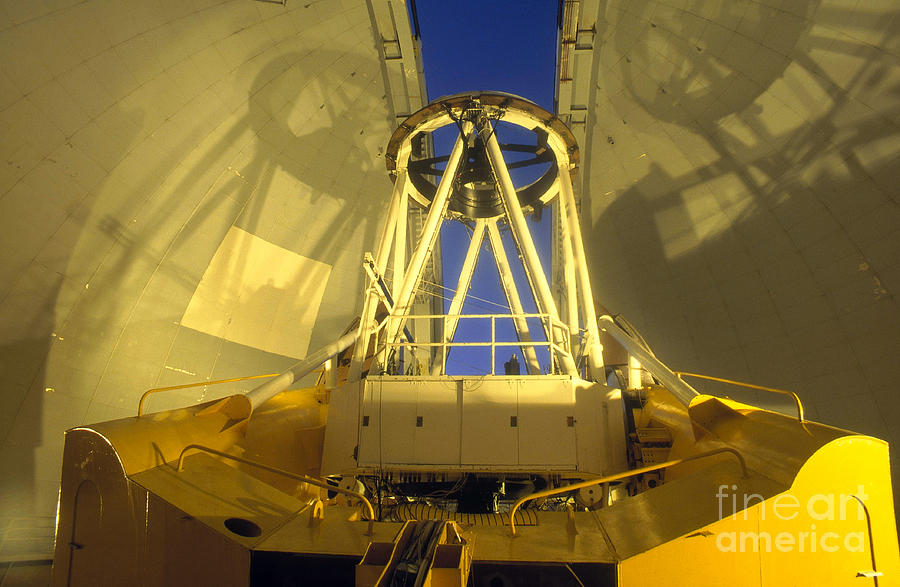

The study is part of a larger study of Andromeda, called the Pan-Andromeda Archaeological Survey, or PandAS, using the Canada-France-Hawaii Telescope on the summit of Mauna Kea in Hawaii.

The study, to be published Thursday in the journal Nature, offers the first panoramic view of a galaxy and the "fossils" of the galaxies it has absorbed.

Everybody would have thought you were just looking into empty space," McConnachie said. "Five to 10 years ago, before we started doing this kind of work, we would never have looked half a million light years from Andromeda. Stars loosely bound to Andromeda's gravity were found at distances up to 100 times the radius of the central disk of the galaxy. It is located near the summit of Maunakea, at an elevation of 4200m, on the Big Island of Hawaii. The study also found that galaxies are much larger than previously thought. 1 CanadaCanada-FranceFranceFrance-Hawaii Hawaii Telescope The Canada-France-Hawaii Telescope is an observatory which is a little bit over 40 years old. The galaxies orbit each other in a long, slow spiral, and McConnachie's team predicted that the next time they get close to each other, Andromeda could pull in even more stars and destroy Triangulum. The astronomers found a stream of stars between Triangulum and Andromeda, as well as distortions in the disc of Triangulum, both evidence that the two galaxies have come into contact in the past. The survey found several such streams around Andromeda, which McConnachie called the "fossilized remains" of other galaxies. "Because of the gravity of the bigger galaxies, smaller galaxies get pulled apart, and stars in them get pulled out into long stellar streams," McConnachie said. The model predicts that a large galaxy should be surrounded by the remnants of smaller galaxies it has cannibalized in the past. Triangulum is visible using a small telescope.Īlan McConnachie of the National Research Council's Herzberg Institute of Astrophysics led the international team of astronomers that included scientists from Canada, Australia, France, Germany, Britain and the United States.Īstronomers have long suspected that galaxies grow by pulling in stars from smaller galaxies, a theory called the hierarchical model. The discovery comes as a result of the largest survey of a galaxy ever made, spanning nearly one million light years around Andromeda, a galaxy about 2.5 million light years away and visible to the naked eye. The astronomers found that Andromeda's gravity is pulling millions of stars away from its neighbour, the Triangulum galaxy, and calculate that in a few billions years, Andromeda could consume Triangulum completely. The Andromeda galaxy, the closest neighbour to our own Milky Way, has been growing by scooping up stars from smaller surrounding galaxies, a Canadian-led team of astronomers has found. Andromeda galaxy devouring its neighbours: astronomers Last Updated:


 0 kommentar(er)
0 kommentar(er)
